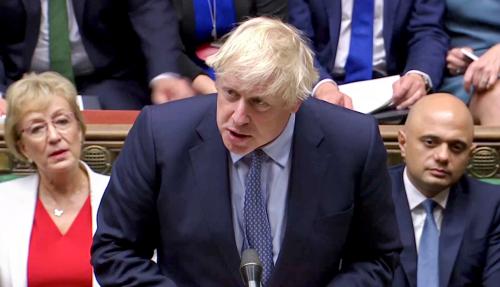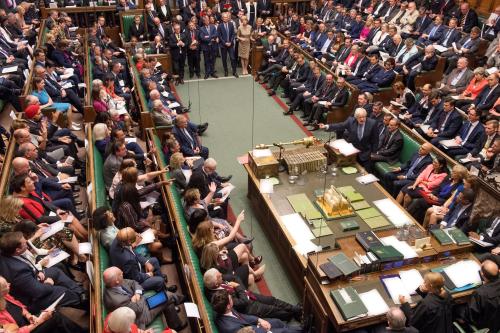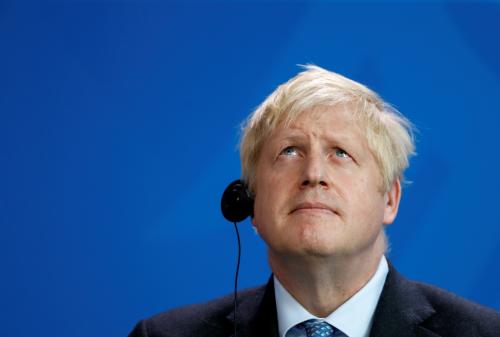The October 31 deadline for the United Kingdom to leave the European Union is rapidly approaching. The timeline for action is even shorter, as European Union leaders will be seeking a revised agreement or an extension request by the October 17-18 European Council meeting. Despite recent drama — including a decision by the British Supreme Court to overrule Prime Minister Boris Johnson’s decision to suspend Parliament for five weeks in September — the fundamentals remain the same. The British parliament has thrice refused to ratify a withdrawal agreement, Johnson’s attempts to revise his predecessor Theresa May’s deal have not persuaded EU leaders, and recently adopted legislation requires Johnson to request an extension if he fails to achieve a revised agreement.
Amanda Sloat explains how we got here and what’s likely to come in the rocky weeks ahead.
Separately, Sloat explains the issue of the “Irish backstop.” Although Northern Ireland was rarely discussed during the Brexit campaign, the political, economic, and practical challenges of managing the border between Northern Ireland and the Republic of Ireland after the U.K. leaves the EU has become the biggest obstacle to securing a deal.







Commentary
Watch: Explaining Brexit and the ‘backstop’
October 3, 2019